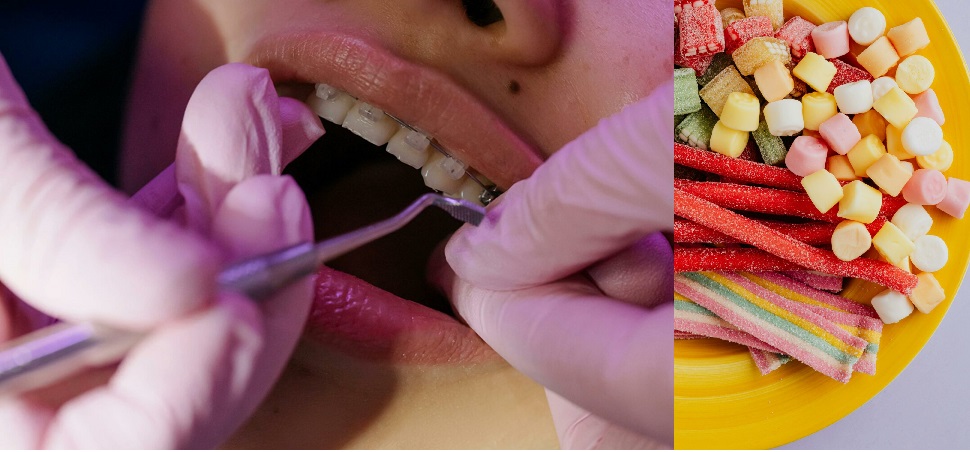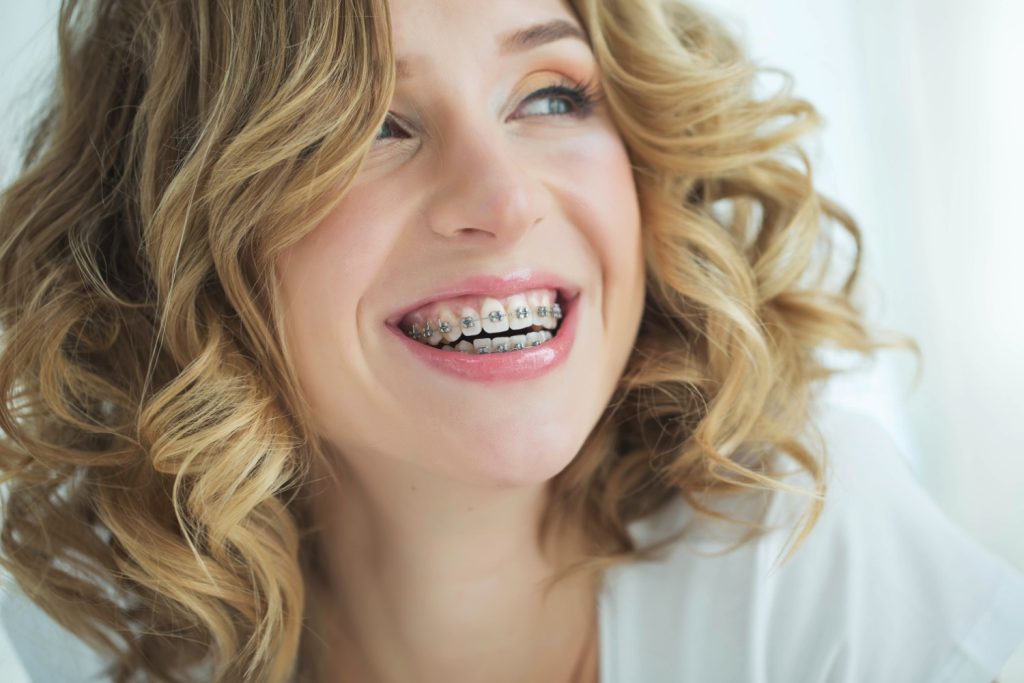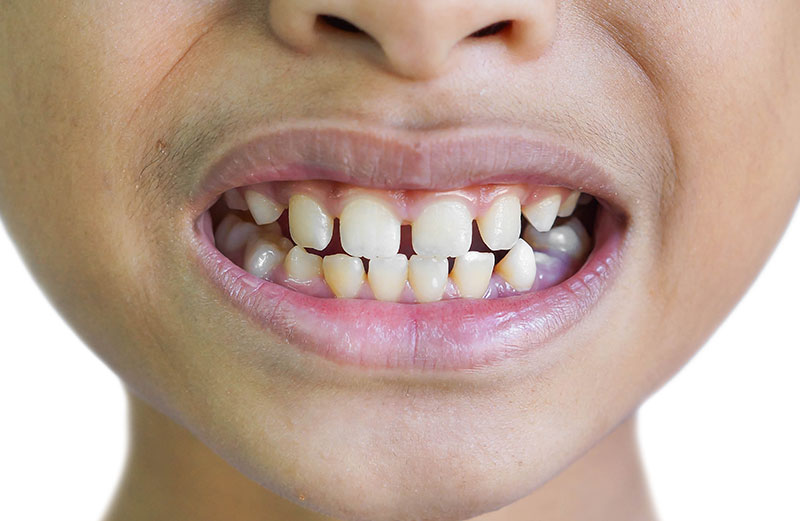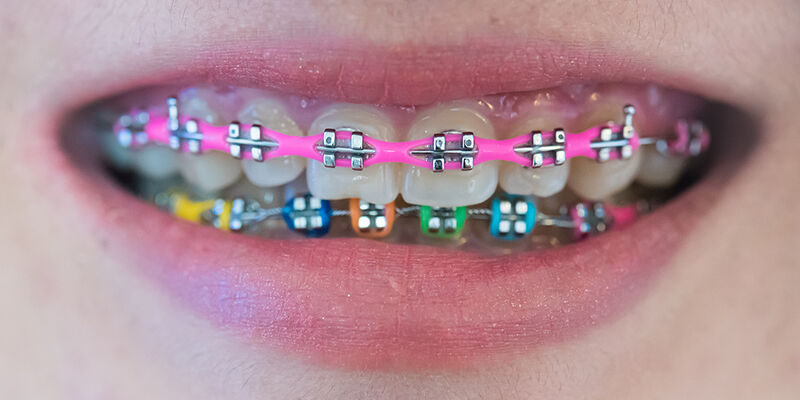Can you eat marshmallows with braces

Orthodontic braces are a popular solution for straightening teeth and correcting various dental issues, but they come with a set of dietary restrictions to ensure that the treatment progresses smoothly and without complications. One common question among braces wearers is, “Can you eat marshmallows with braces?” This guide will explore the considerations and potential impacts of consuming marshmallows while undergoing orthodontic treatment, providing a comprehensive overview of the factors involved.
Understanding Braces and Dietary Restrictions
The Structure of Braces
Braces consist of several components, each playing a vital role in the movement and alignment of teeth:
- Brackets: Small, square attachments bonded to each tooth.
- Archwire: A thin wire that connects the brackets and applies pressure to move teeth.
- Ligatures: Elastic ties that hold the archwire in place.
- Bands: Metal rings that provide additional support around molars.
- Elastics: Rubber bands that correct bite and alignment.
- Hooks, Springs, and Other Accessories: Various components that enhance the functionality of braces.
Why Dietary Restrictions Matter
The delicate structure of braces can be easily damaged by certain foods. Eating the wrong types of food can lead to:
- Bracket Breakage: Hard or sticky foods can break or dislodge brackets.
- Wire Bending: Improper chewing can bend or distort the archwire.
- Elastic Issues: Sticky foods can get stuck in the ligatures, making them less effective.
- Hygiene Concerns: Some foods can get trapped in the braces, leading to plaque buildup and tooth decay.
Maintaining a braces-friendly diet is essential to avoid these complications and ensure the treatment progresses as planned.
Marshmallows and Braces: The Considerations
Marshmallows are a popular treat, enjoyed by people of all ages. However, when it comes to braces, there are several factors to consider:
Texture and Stickiness
Marshmallows are soft, but their sticky texture can pose a risk to braces. The stickiness can:
- Adhere to Brackets and Wires: Marshmallows can stick to the brackets and wires, making them difficult to clean and potentially damaging the braces.
- Attract Plaque: The sugar content in marshmallows can attract plaque and bacteria, leading to cavities and gum issues if not properly cleaned.
Sugar Content
Marshmallows are high in sugar, which can contribute to dental problems. Sugar can:
- Promote Tooth Decay: High sugar content can lead to cavities, especially if the marshmallow residue is not thoroughly cleaned from the braces.
- Affect Gum Health: Sugary foods can irritate the gums and lead to gingivitis.
Chewing Challenges
Chewing marshmallows can be tricky with braces. The chewy texture requires more effort to break down, which can:
- Exert Pressure on Braces: Excessive chewing can put additional pressure on the braces, potentially causing damage.
- Increase Cleaning Difficulty: The sticky nature of marshmallows makes them harder to clean off the braces and teeth.
Guidelines for Eating Marshmallows with Braces
While marshmallows are not the ideal food for braces wearers, there are ways to enjoy them with caution:
Moderation
Limiting the consumption of marshmallows can minimize the risk of damage. Enjoying marshmallows as an occasional treat rather than a regular snack can reduce potential issues.
Proper Cleaning
After eating marshmallows, it’s crucial to clean the braces and teeth thoroughly:
- Brushing: Use a soft-bristled toothbrush to gently brush the teeth and braces, paying special attention to areas where the marshmallow might have stuck.
- Flossing: Use a floss threader or interdental brush to clean between the teeth and around the brackets.
- Rinsing: Rinse with water or an antimicrobial mouthwash to remove any remaining sugar and debris.
Softening Techniques
If you choose to eat marshmallows, consider softening them to reduce stickiness:
- Microwaving: Briefly microwaving marshmallows can make them softer and less sticky.
- Melting: Melt marshmallows to use as a dip or topping rather than eating them whole.
Alternatives
Consider braces-friendly alternatives to marshmallows:
- Sugar-Free Marshmallows: These have lower sugar content and are less likely to promote tooth decay.
- Soft, Non-Sticky Treats: Opt for treats that are soft and not sticky, such as yogurt, pudding, or soft fruits like bananas and peaches.
Potential Risks of Eating Marshmallows with Braces
While it is possible to enjoy marshmallows with braces by taking precautions, there are still potential risks to consider:
Damage to Braces
Sticky foods like marshmallows can cause:
- Loose Brackets: The adhesive that holds the brackets to the teeth can weaken, leading to loose brackets.
- Bent Wires: The archwire can become bent or distorted, affecting the alignment process.
- Dislodged Bands: Bands around the molars can become loose or dislodged, compromising the stability of the braces.
Oral Hygiene Challenges
Marshmallows can make maintaining oral hygiene more difficult:
- Plaque Buildup: The sugary, sticky residue can contribute to plaque buildup around the brackets and wires.
- Increased Risk of Cavities: Poor cleaning can lead to cavities, requiring additional dental work.
Delayed Treatment
Damaged braces or poor oral hygiene can delay the progress of orthodontic treatment:
- Additional Appointments: Repairing broken brackets or bent wires requires additional orthodontic appointments.
- Extended Treatment Time: Delays in treatment can extend the overall duration of wearing braces.
Professional Recommendations
Orthodontists generally advise against eating sticky and sugary foods, including marshmallows, while wearing braces. However, if you choose to eat marshmallows, it is essential to follow your orthodontist’s guidelines and take extra care with oral hygiene.
Consultation
Always consult your orthodontist before making dietary decisions. They can provide personalized advice based on your specific treatment plan and dental needs.
Follow-Up Care
Regular follow-up appointments with your orthodontist are crucial to monitor the progress of your treatment and address any issues that arise from dietary choices.
Exploring Marshmallow Varieties
Understanding the different types of marshmallows available can help make more informed decisions about which varieties might be safer to eat with braces.
Traditional Marshmallows
Traditional marshmallows are the most common type, made from sugar, water, and gelatin. Their sticky and chewy texture poses the highest risk to braces, making them less suitable for those undergoing orthodontic treatment.
Mini Marshmallows
Mini marshmallows are smaller versions of traditional marshmallows. While their size might make them seem more manageable, they still possess the same sticky and sugary qualities that can pose risks to braces.
Flavored Marshmallows
Flavored marshmallows come in various tastes and colors, but they generally have the same texture and sugar content as traditional marshmallows. The additional flavorings and colorings do not significantly change their impact on braces.
Sugar-Free Marshmallows
Sugar-free marshmallows are a better option for braces wearers due to their lower sugar content. These marshmallows can help reduce the risk of tooth decay and plaque buildup. However, they may still be sticky, so proper cleaning is essential.
Homemade Marshmallows
Homemade marshmallows can be tailored to suit specific dietary needs and preferences. By adjusting the ingredients, it’s possible to create a less sticky and lower sugar version, making them a safer choice for those with braces.
Tips for Enjoying Marshmallows Safely
If you decide to eat marshmallows with braces, following these tips can help minimize potential risks:
Cut into Smaller Pieces
Cutting marshmallows into smaller pieces can make them easier to manage and reduce the stickiness. Smaller pieces are less likely to get stuck in the braces and are easier to clean.
Avoid Toasting
Toasted marshmallows can become even stickier and harder to clean from braces. It’s best to avoid toasting marshmallows and instead consume them in their original form or softened through microwaving.
Consume with Other Foods
Pairing marshmallows with other braces-friendly foods can help reduce the overall stickiness. For example, mixing marshmallows with yogurt or using them as a topping for soft fruits can make them easier to eat and clean.
Be Mindful of Quantity
Limiting the number of marshmallows consumed in one sitting can help manage the potential risks. Enjoying marshmallows in moderation can reduce the chances of damage to the braces and improve oral hygiene.
Alternative Treats to Consider
While marshmallows are a beloved treat, there are many other braces-friendly options that can satisfy sweet cravings without posing risks to orthodontic treatment:
Soft Fruits
Soft fruits like bananas, peaches, and berries are excellent alternatives to marshmallows. They are naturally sweet, easy to chew, and less likely to damage braces.
Yogurt and Pudding
Yogurt and pudding are creamy, soft, and delicious options that are safe for braces wearers. They come in various flavors and can be enjoyed as a snack or dessert.
Gelatin Desserts
Gelatin desserts, such as Jell-O, are another braces-friendly treat. They are soft, easy to eat, and available in a wide range of flavors.
Smoothies
Smoothies made from fresh fruits, yogurt, and milk can be a nutritious and tasty alternative to marshmallows. They are easy to consume and can be customized to suit individual tastes.
Soft Baked Goods
Soft baked goods like muffins, cupcakes, and brownies (without nuts or hard toppings) can be enjoyed in moderation. These treats are less likely to cause damage to braces compared to sticky or hard foods.
Understanding the Impact on Orthodontic Treatment
Eating marshmallows with braces can have several impacts on orthodontic treatment. Understanding these impacts can help braces wearers make informed decisions about their diet.
Potential Delays
Consuming sticky and sugary foods like marshmallows can lead to damage to the braces, requiring repairs and potentially delaying the treatment. Orthodontic treatment is a time-sensitive process, and any delays can extend the overall duration of wearing braces.
Oral Hygiene Complications
Marshmallows can complicate oral hygiene routines. The sticky residue can be challenging to remove, increasing the risk of plaque buildup, cavities, and gum disease. Maintaining proper oral hygiene is crucial for the success of orthodontic treatment.
Increased Orthodontic Visits
Damage to the braces caused by eating marshmallows can result in additional visits to the orthodontist for repairs. These extra visits can be inconvenient and add to the overall cost of treatment.
Long-Term Results
To achieve the best long-term results from orthodontic treatment, it’s essential to follow dietary guidelines and maintain good oral hygiene. Avoiding foods that can damage braces and adhering to the orthodontist’s instructions can ensure a successful treatment outcome and a healthy, beautiful smile.
Conclusion
So, can you eat marshmallows with braces? While it is technically possible, it requires caution and diligent oral care. The sticky, sugary nature of marshmallows poses risks to the integrity of the braces and the overall health of the teeth. By understanding these risks and following proper guidelines, braces wearers can enjoy marshmallows occasionally without compromising their orthodontic treatment.
Maintaining a braces-friendly diet is essential for ensuring the success of orthodontic treatment. By making informed choices and following professional advice, patients can achieve the best possible results and enjoy a healthy, beautiful smile. Remember, when in doubt, consult with your orthodontist to make the best dietary decisions for your braces.
Orthodontic braces are a comprehensive and effective solution for correcting a wide range of dental issues. From the brackets and archwire to the elastics and retainers, each part of braces works together to create a beautiful, functional smile. With advancements in orthodontic technology and personalized treatment plans, patients can achieve their desired results with minimal discomfort and inconvenience. Understanding the parts of braces and their roles can empower patients to take an active role in their treatment and achieve the best possible outcomes.
Whether you decide to indulge in marshmallows or opt for safer alternatives, the key is to be mindful of the potential impacts on your braces and overall dental health. By following the tips and guidelines outlined in this guide, you can navigate your orthodontic journey with confidence and achieve the smile you’ve always wanted.
Related to read:
Best Oral Hygiene Practices For Optimum Oral Health.
How to Whiten Teeth Naturally?
How to keep your gums healthy and disease-free?
References
To ensure the information provided is accurate and up-to-date, the following sources were referenced:
- American Dental Association. (n.d.). Plaque and Tartar. Retrieved from ADA website
- Mayo Clinic. (n.d.). Dental Plaque. Retrieved from Mayo Clinic website
- National Institute of Dental and Craniofacial Research. (n.d.). Periodontal (Gum) Disease. Retrieved from NIDCR website








